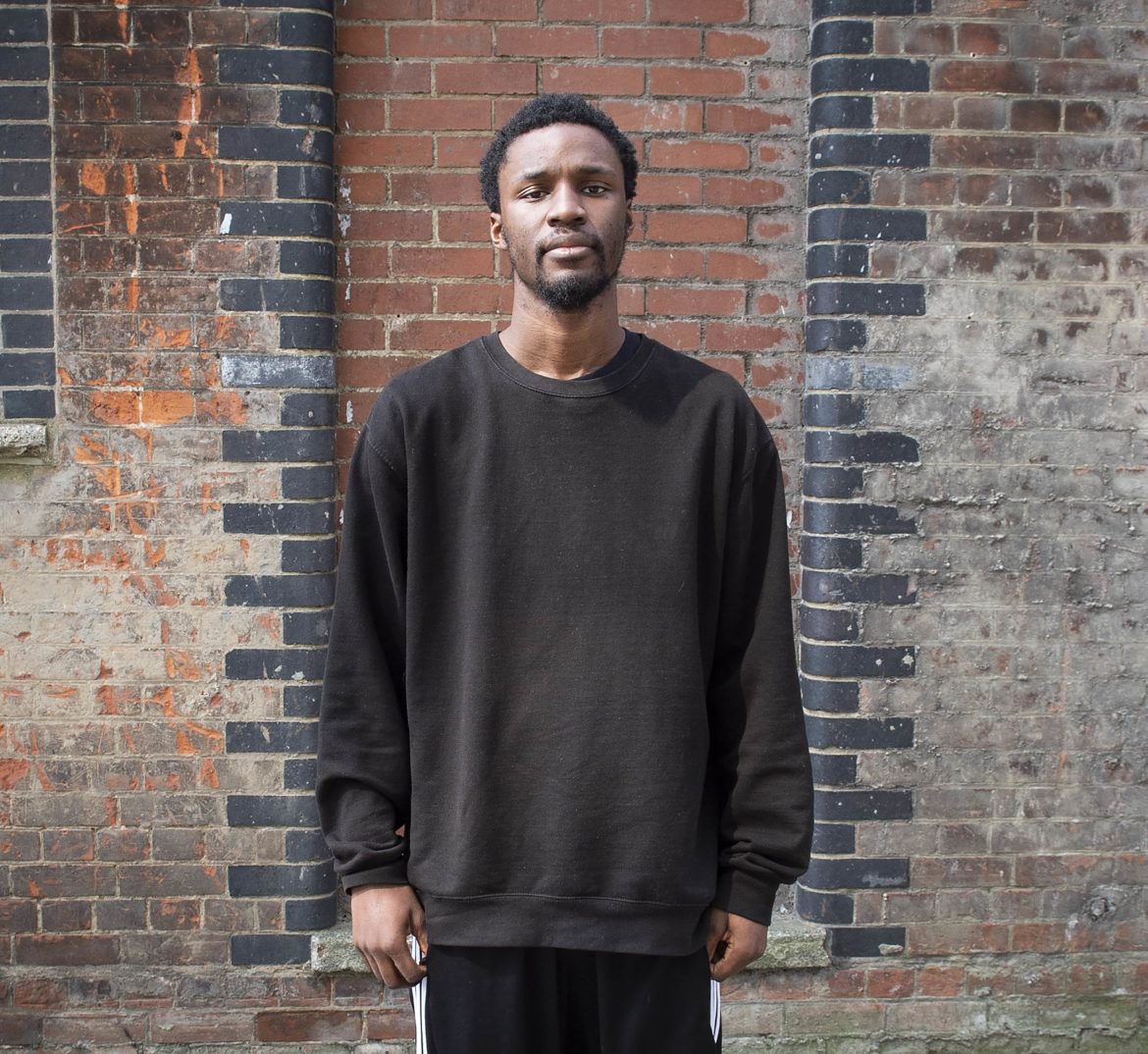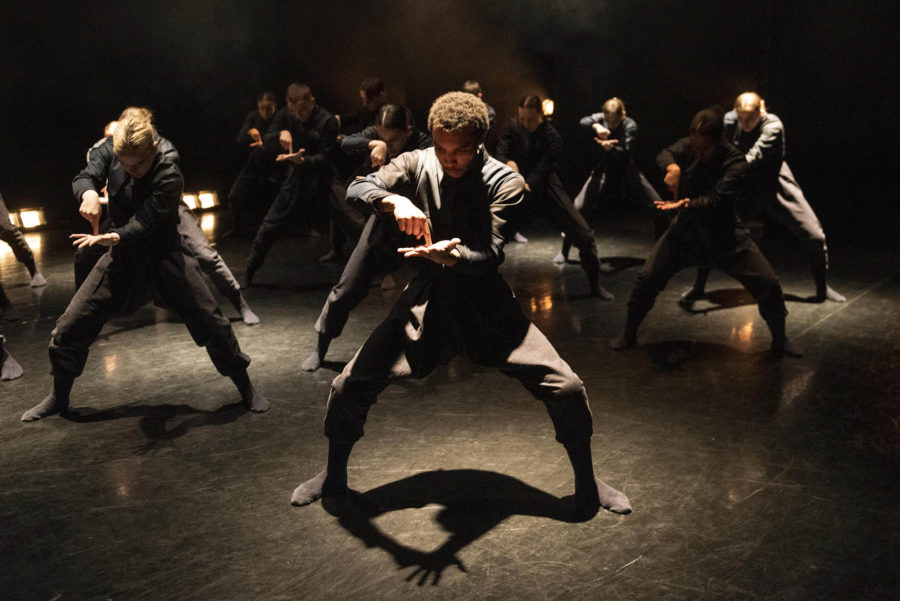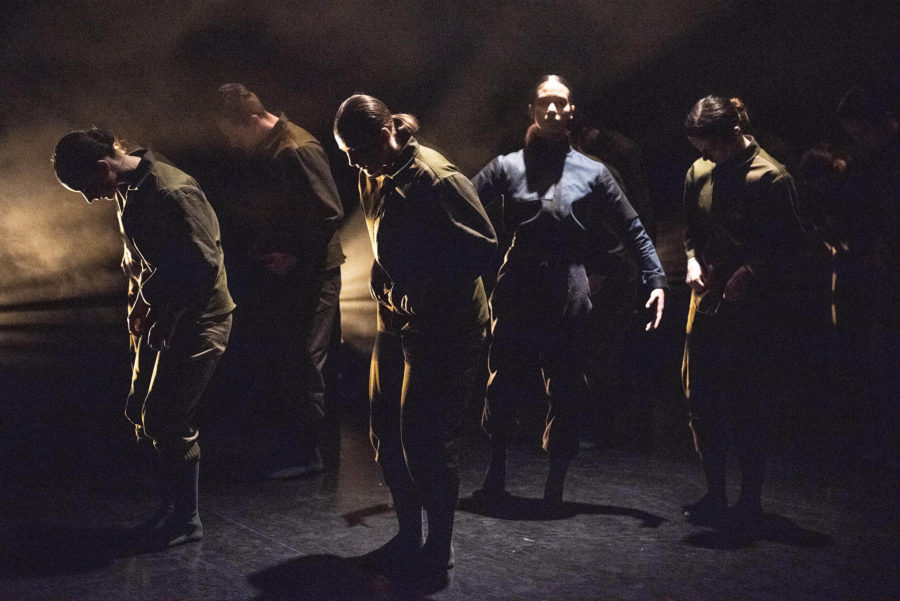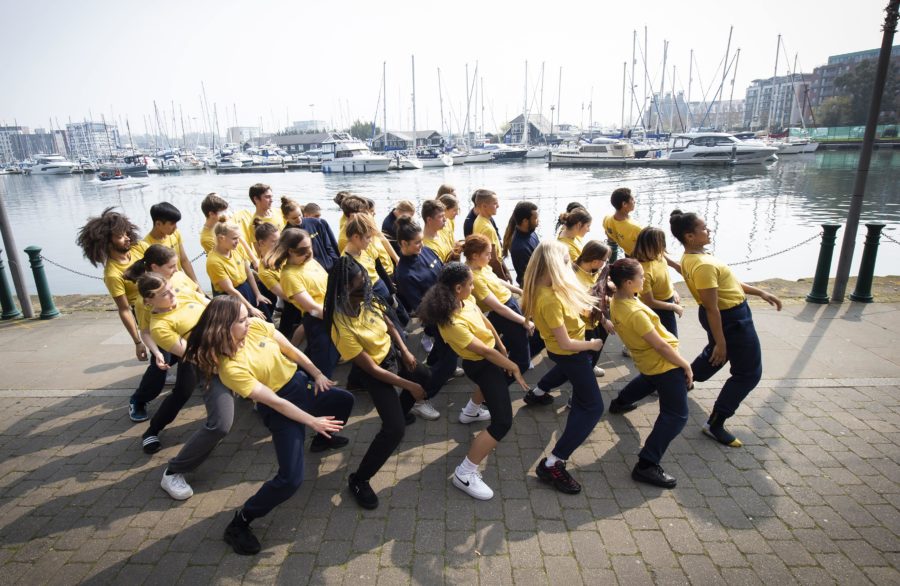Botis Seva, acclaimed dance artist, choreographer and artistic director of the hip hop company Far From The Norm, is now also a new Guest Artistic Director of National Youth Dance Company. In his works, Botis combines hip hop and theatre and tackles social and political issues and says that working with NYDC is first and foremost about connecting with young aspiring artists and giving back to young people.
In this interview, Botis tells about his decision to become a professional dancer, his choreographic process, hip hop and it’s perception by the wider public, working with NYDC and more!
When and why did you start dancing?
I started dancing at the age of 15. At secondary school, I was lucky enough to have an active dance department and we regularly had guest choreographers teaching, such as Tony Adigun from Avant Garde Dance. This inspired me to enter the annual school talent shows and from here, I presented small works through a variety of community dance platforms.
My reason for starting to dance was music. Before I was dancing, I was rapping in my local youth club and I was immersed in grime music. The school was tough and with the restrictions and conflict from many of my secondary school teachers, music gave me freedom but dance was my opportunity to unleash my frustrations.

When did you decide you wanted to make a career as a dancer?
Deciding to make a career as a dance artist was a tough choice as my main ambition as a young person was to write music and become a recording artist.
I decided to drop out of college after a year which lead me into teaching free workshops in my local youth club, I then joined Avant Gard’s youth dance company.
It took me a couple of years, but once I started understanding the craft of making, I was fascinated by how I could communicate my thoughts and experiences through dance. It was a light bulb moment and it was then that the ideas of pursuing this as a career seeped in.
Your projects tackle a lot of social and political issues, why do you think dance is a good way to address these issues and how does the public respond?
It’s hard going to be continuously debating about issues in the world. Our opinions are always shifting and there are always things frustrating us as humans. Sometimes, I feel too overwhelmed with what I am confronted with, whether directly or indirectly, and dance allows me to speak in subtle ways. I can expose what I experience in life through dance, which perhaps speaks louder than my human voice. My process of making always invites the dancers to contribute, whether verbally or physically, to the subject matter we are exploring and it teaches us about ourselves. Dance is a very powerful tool.
The public reacts in different ways, not everyone wants to always accept the dark side of life, especially if they don’t have to face it everyday. Not everyone is comfortable with the truth.

Describe your choreographic process and language. How do you work on combining both theatre and dance?
I’m a big fan of movies and visual works, which contributes to how I imagine my work to look and feel on stage. I try and regularly watch theatre shows, not always dance, to understand how the structures work in plays. I then have something to deconstruct and manipulate in my own works.
But my main research process is conversation. I am always investigating the subject matter by talking to people, whether that be my dancers, collaborators or people that have been affected by what I am trying to convey.
In my choreographic approach, it’s about trying to find a way to play with hip hop and street styles like Krump and popping. I’m in the studio with my company experimenting like a child, trying my best to come up with new ways to combine theatre and dance and new methods in connecting with audiences.
As a movement hip hop is constantly changing and developing, how do you think it evolved during over the years and how its perception by the wider public changed?
Hip hop is always growing. In my opinion, it is always developing into a new cycle. The younger generation often uses it to find a voice for themselves and the older generation, guide and share their knowledge to prevent making the same mistakes as them, whether in battling or in theatre.
I’m not sure where the wider public stands with this. I have encountered both supportive and non-supportive parents when teaching, audiences who expect hip hop to be a certain thing – like something they see on the TV and then some who are open to the form, as ultimately, it’s dance.
Hip hop is about spreading peace and that is what we are all trying to do in this mad world.

What place do you think hip hop has on the mainstage?
Hip hop definitely has a place on the main stage. It’s an art form like any other dance genre. There are so many stories to tell and communities to reach, which will tear down the walls that theatre is an exclusive thing that’s only accessible to some. Hip hop reflects real people, as much as contemporary, ballet and South Asian dance. Over the next couple of years, with the rise of hip hop dance theatre-makers, wider audiences will be exposed to this meaningful form, and if they can open their minds and connect, they will witness things they haven’t yet seen.
Tell us about your company Far From The Norm. It is turning 10 years old this May, what were the main highlights and challenges?
Far From The Norm is a collective of dance artists who are not only my soldiers in the studio and on the stage, but we are all friends. The current company has been with me now for 6 years and that is a highlight. Seeing the company grow and support each other both in and out of the studio – it’s really rare and we all know we have something special. One of my biggest challenges with the company was at the beginning, dealing with rejection from the industry and always working with an ever-changing line up of dancers because in the early stages people couldn’t commit.
What experience led you to create your own company?
I lead my own youth company in Dagenham and it was hard because we didn’t have many leaders or role models in our community. It came from the ambition to help uplift our community and figure out what young people and young dancers need. When I could see the impact it was having, I knew I wanted a career in working with young people in dance.
What does working with NYDC mean to you?
National Youth Dance Company (NYDC) is a big responsibility, for me, it’s not about making the show. First and foremost, it is about connecting with young aspiring artists, giving back to young people. Many of them may have had positive experience and support whilst training, whereas some won’t, and it’s my job to offer them guidance and professional insight into my practice. Ultimately, I want to inspire them to be humble and soulful performers and practitioners. It will be down to them to spread positivity through their craft.

What do you want to achieve in your work with NYDC?
The work with NYDC is based on their energies and some of their personalities that mirror my experiences as a young person. What I want to achieve is that these young people feel and inhabit freedom when they are performing and can share their gifts with their peers.
You said that having the chance to work with NYDC has always been on your bucket list, what else is there? What are your plans for the future?
I have a few on my bucket list that I can share with you:
- I have always wanted to collaborate with Grime artist Kano on a theatre piece
- Make a movie with Darren Aronofsky and Charlie Brooker – 2 separate films of course!
- Work with Arinzé Kene, the writer and performer of Misty, he is doing what I am doing in dance but in theatre
- I’m currently developing a new show for 2020, so that is what I’m researching and working towards for now
What would you advise other young hip hop dancers out there?
I would advise other young hip hop dancers to be humble with your gifts and respect & love the people around you. Be open to feedback but don’t let critics and/or ‘people’ ruin your vision. Love what you do. Keep your head down. Put in the work.
NYDC is delivering NYDC Workshops across the whole of the country for young people aged 15-19, and up to the age of 24 for deaf or disabled dancers. The workshops are used as an opportunity to be considered for a place in the 2019-20 cohort. NYDC is currently looking for 30 new dancers, with experience in any style.
NYDC tours MADHEAD to Plymouth, Newcastle, Essex, Brighton, Birmingham and Sadler’s Wells. More info at https://nydc.org.uk/.


